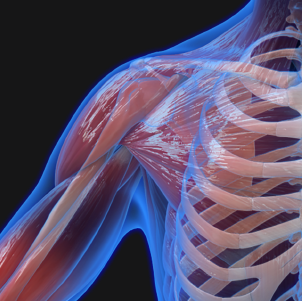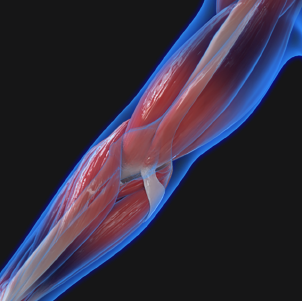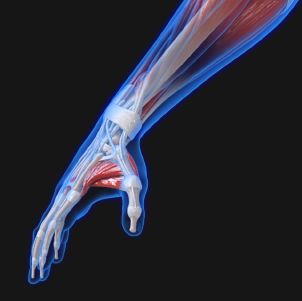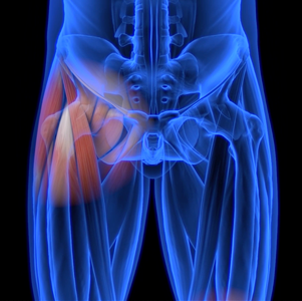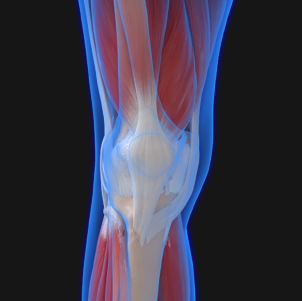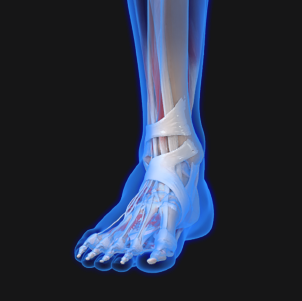Home
Featured
Showing item 1 of 2
Carousel Navigation
Common Conditions and Injuries
If this list is too long for the page, you can scroll it left and right
Find Information by Body Part
Select a body part to learn more about common injuries and treatment options.












